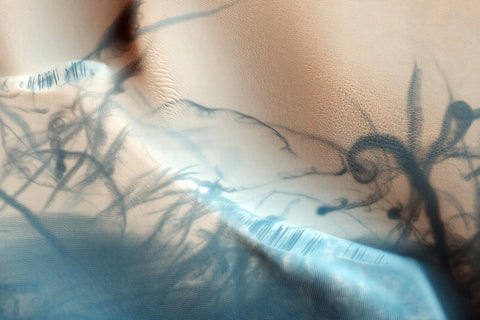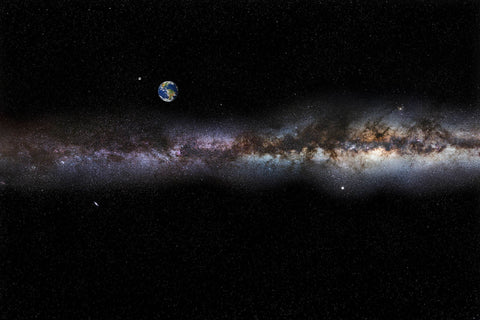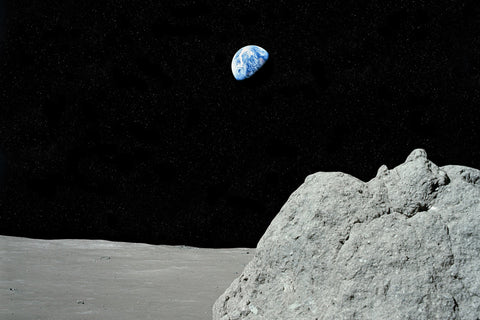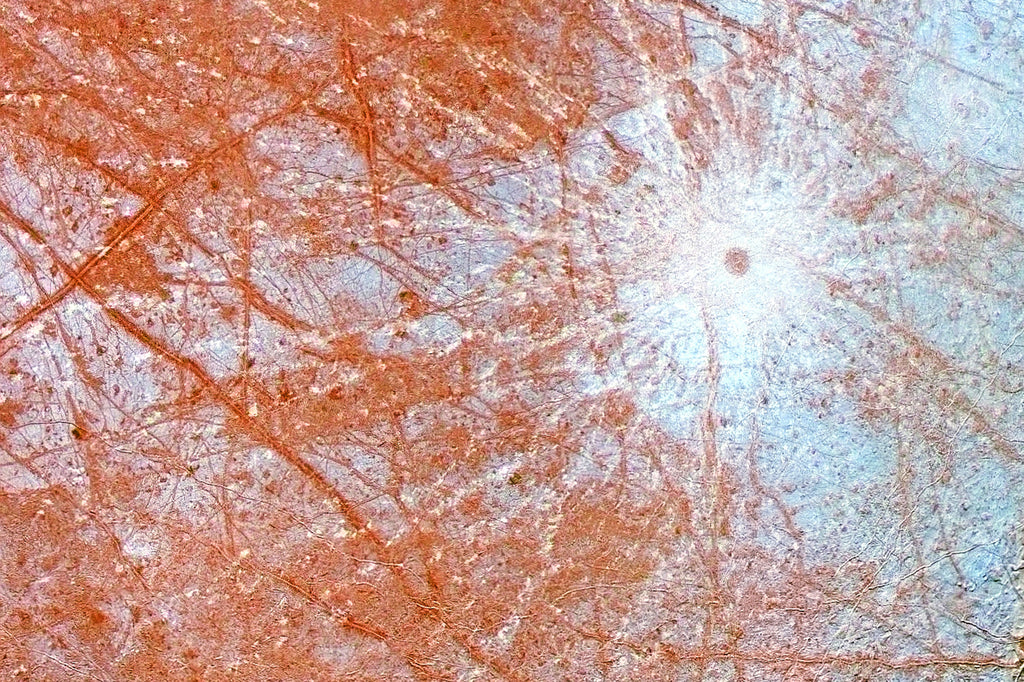
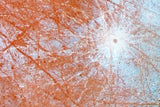


Looking for an exact size?
Email us for custom sizes and materials including:
- • Stunning Metal Prints
- • Gallery quality Acrylic Prints
- • Amazing Framed Backlit Prints and much more!
Tell us about your cosmic vision and we'll make it a reality!
Email us at: CustomPrint@BigBangPrints.com
Europa
FREE SHIPPING within continental US
This enhanced color image of the region surrounding the young impact crater Pwyll on Jupiter's moon Europa was produced by combining low resolution color data with a higher resolution mosaic of images obtained on December 19, 1996 by the Solid State Imaging (CCD) system aboard NASA's Galileo spacecraft. This region is on the trailing hemisphere of the satellite, centered at 11 degrees South and 276 degrees West, and is about 1240 kilometers across. North is toward the top of the image, and the sun illuminates the surface from the east.
The 26 kilometer diameter impact crater Pwyll, just below the center of the image, is thought to be one of the youngest features on the surface of Europa. The diameter of the central dark spot, ejecta blasted from beneath Europa's surface, is approximately 40 kilometers, and bright white rays extend for over a thousand kilometers in all directions from the impact site. These rays cross over many different terrain types, indicating that they are younger than anything they cross. Their bright white color may indicate that they are composed of fresh, fine water ice particles, as opposed to the blue and brown tints of older materials elsewhere in the image.
Also visible in this image are a number of the dark lineaments which are called "triple bands" because they have a bright central stripe surrounded by darker material. Scientists can use the order in which these bands cross each other to determine their relative ages, as they attempt to reconstruct the geologic history of Europa.
Image Credit: NASA/JPL/University of Arizona



